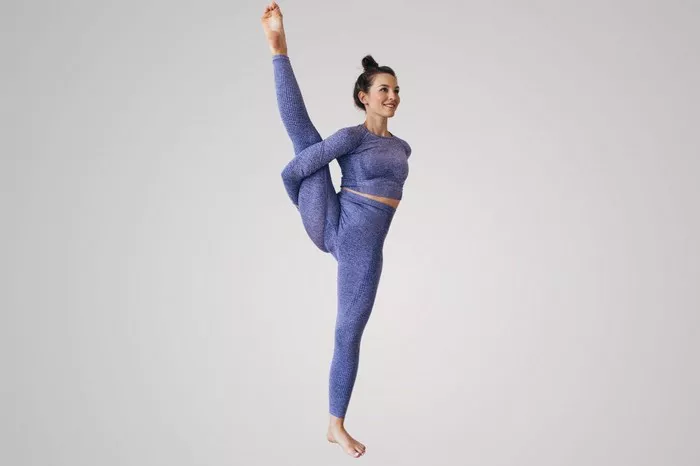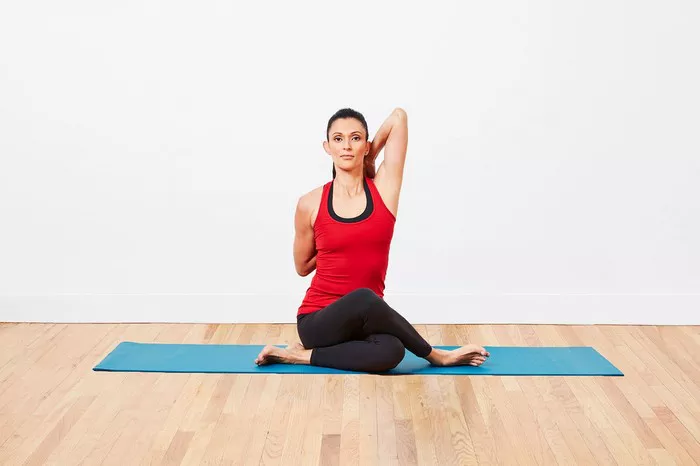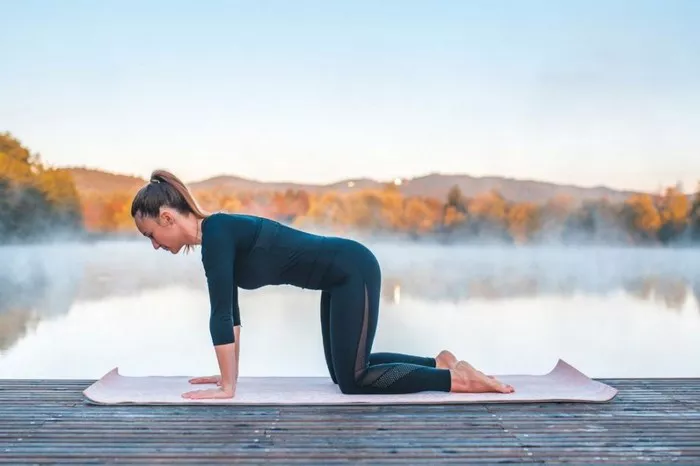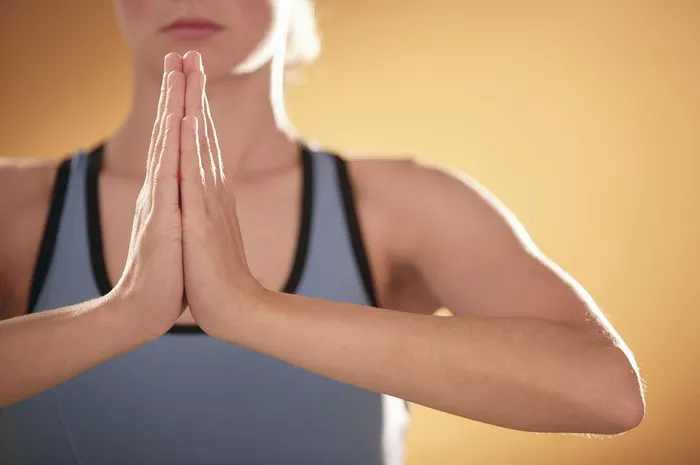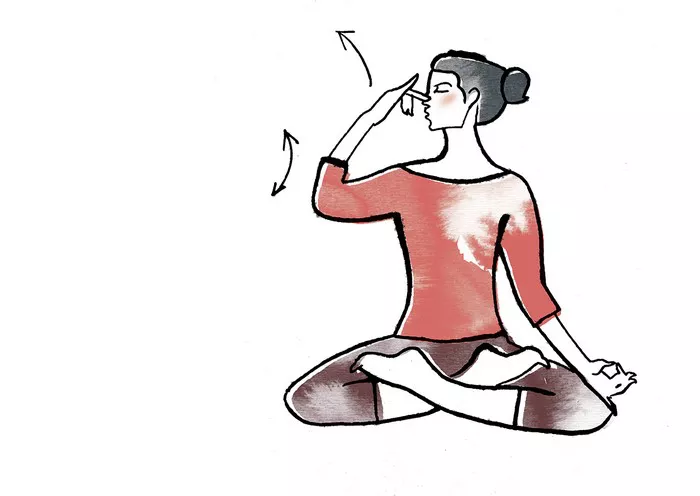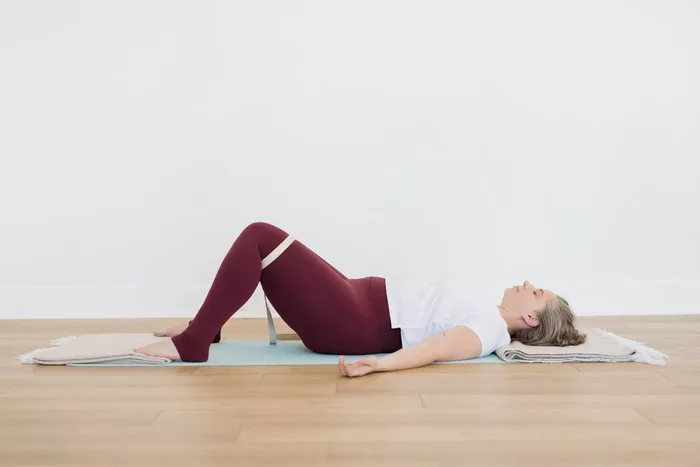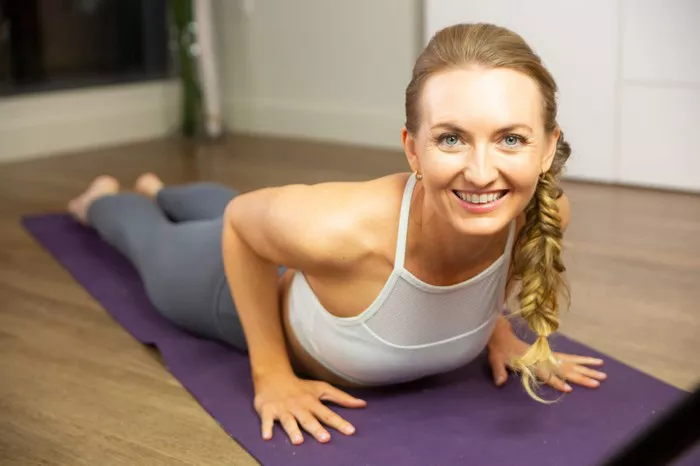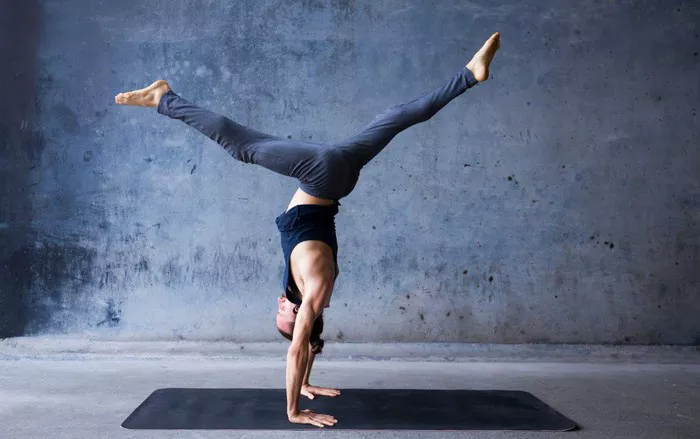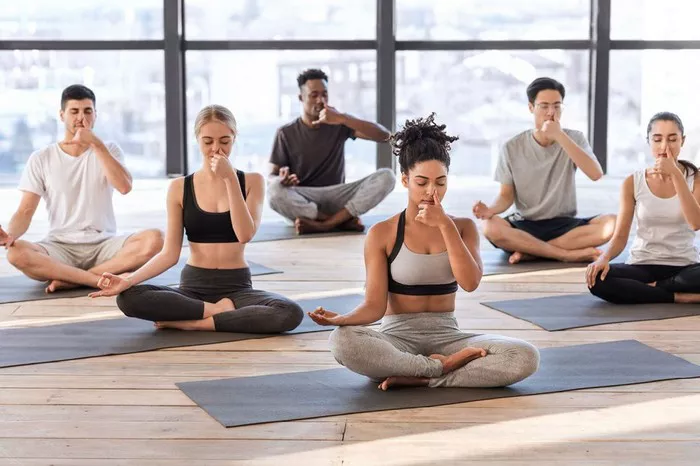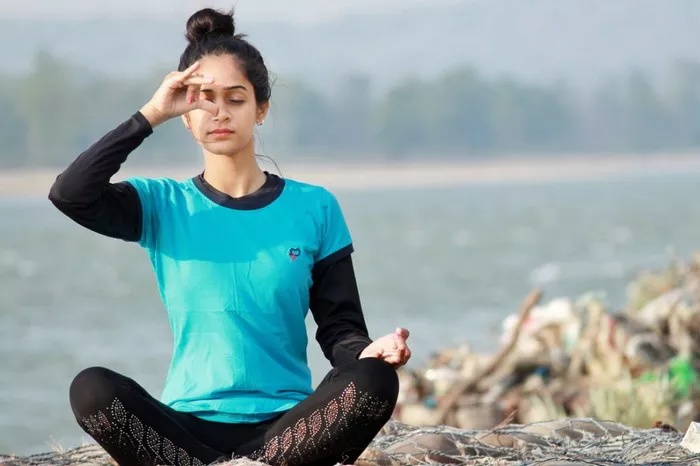Fish Pose, also known as Matsyasana in Sanskrit, is a classic backbend yoga posture that opens up the chest, improves flexibility, and strengthens the spine. For beginners, it may appear to be a challenging asana due to the deep backbend involved, but with the right approach, it can be mastered in no time. This detailed guide will walk you through the steps, benefits, modifications, and precautions for Fish Pose, ensuring that you can practice it safely and effectively.
What Is Fish Pose?
Matsyasana is derived from the Sanskrit words Matsya meaning fish and asana meaning posture or seat. The pose mimics the shape of a fish with the chest lifted and the head resting back on the floor, creating a graceful arch in the spine. It’s a posture that not only stretches and strengthens but also rejuvenates the body and mind, enhancing circulation and alleviating tension.
In yoga, Fish Pose is considered a counterpose to Shoulder Stand (Sarvangasana) because it opens the throat and chest after the compression in the shoulders and neck. It is commonly performed in the middle or end of a practice to calm the nervous system and release tightness in the upper body.
Benefits of Fish Pose
Fish Pose offers a wide range of benefits, making it an important asana in any yoga practice. Some of the most notable benefits include:
Opens the Chest and Shoulders: It stretches the chest, shoulders, and throat, which is especially beneficial for individuals who spend long hours sitting or working at a desk.
Improves Spine Flexibility: The deep backbend in Matsyasana increases spinal mobility, promoting a healthy, flexible spine.
Stimulates the Throat Chakra: Fish Pose is thought to activate the Vishuddha or throat chakra, which governs communication, self-expression, and creativity.
Strengthens the Core and Back: It requires the engagement of the abdominal muscles and the muscles along the spine, helping to strengthen and stabilize the core.
Improves Posture: By opening up the chest and lengthening the spine, it can correct poor posture and help prevent hunching or slouching.
Relieves Tension: Matsyasana can alleviate tension in the neck, shoulders, and back, which is helpful for those suffering from stress or anxiety.
Promotes Better Breathing: The expansive chest and open throat encourage deep, diaphragmatic breathing, which can improve lung capacity and overall respiration.
Calms the Mind: As a gentle backbend, Fish Pose can be deeply soothing, helping to calm the nervous system and reduce anxiety.
Preparing for Fish Pose
Before diving into Fish Pose, it’s important to properly prepare your body. A gentle warm-up will help ensure that your muscles are loosened, and your body is ready for the deeper stretch and backbend. Here are some poses to include in your warm-up:
Cat-Cow Stretch (Marjaryasana-Bitilasana): This will help warm up the spine and mobilize the lower back.
Child’s Pose (Balasana): This pose will stretch the hips, knees, and lower back, promoting flexibility in your body.
Downward-Facing Dog (Adho Mukha Svanasana): This pose helps to lengthen the spine and stretch the hamstrings, calves, and shoulders.
Seated Forward Fold (Paschimottanasana): Stretching the hamstrings and the spine in this way can prepare you for the deep forward fold in Fish Pose.
Gentle Twists: Twists will help to release tension in the spine and open up the chest, aiding in the setup for Matsyasana.
How to Do Fish Pose Step-by-Step for Beginners
Fish Pose requires both strength and flexibility, so it’s important to take your time and move slowly into the posture. Follow these steps carefully:
Step 1: Set Up in a Seated Position
- Begin by sitting on the floor with your legs extended straight in front of you. Keep your feet together and your legs active.
- Place your hands on the floor beside your hips, with your fingers pointing forward or slightly outward. Sit tall, lengthening the spine.
Step 2: Engage Your Core and Prepare for the Backbend
- Draw your belly button slightly toward your spine to engage your core.
- Keep your legs firmly rooted into the floor. Press down into the floor with your palms, and prepare to lift the chest.
Step 3: Begin the Backbend
- Slowly lean back, first placing the top of your head gently onto the floor. If you have trouble reaching the floor, you can use a cushion or bolster under your head for support.
- As your head reaches the floor, continue to lift your chest towards the ceiling, creating a deep curve in your spine. Elbows should remain on the floor, supporting the weight of your upper body.
Step 4: Open Your Chest and Throat
- Open your chest as much as possible, drawing your shoulder blades down your back and broadening across your collarbones.
- Let your head fall gently back, but avoid any straining or discomfort in your neck. Keep your gaze toward the ceiling or relax your eyes.
- Focus on deep, even breaths, allowing the chest to expand with each inhale.
Step 5: Hold the Pose
- Hold the Fish Pose for 20 to 30 seconds, or as long as it is comfortable for you. Breathe deeply throughout the posture, ensuring you don’t hold your breath.
- If you experience discomfort, exit the pose slowly and come back into a neutral seated position.
Step 6: Release the Pose
To release from Matsyasana, gently tuck your chin toward your chest and lift your head off the floor. Use your hands to support your back as you slowly lower your torso to the ground. You can rest for a few moments in a seated position, or stretch your legs out in front of you and take a few breaths.
Modifications for Beginners
Fish Pose can be intense for beginners, especially when it comes to the backbend. To make the pose more accessible, consider these modifications:
Use a Cushion or Block Under Your Head: If you cannot comfortably place your head on the floor, place a cushion or yoga block under your head for support. This can help you ease into the backbend without straining your neck.
Bend Your Knees: If your legs are straight and you feel too much strain on your lower back, bend your knees and keep your feet flat on the floor. This modification will reduce the intensity of the backbend.
Use Your Hands for Support: If you’re finding it difficult to lift your chest, place your hands on the floor beneath you or on your lower back for extra support. This can help you find the right alignment and avoid unnecessary strain.
Keep Your Elbows Bent: If your elbows are extended too far, it can strain the arms and shoulders. Keep your elbows bent at about 90 degrees to avoid discomfort.
Place a Block Between the Legs: If you find that your legs keep splaying apart, place a block or bolster between your thighs. This will help keep your legs aligned and maintain the integrity of the pose.
Practice Wall Fish Pose: If you struggle with balancing in Fish Pose, try performing it with your feet against a wall. This can help you maintain stability while focusing on your breathing and alignment.
Common Mistakes to Avoid
When practicing Fish Pose, there are a few common mistakes that beginners tend to make. Here are some things to watch out for:
Overextending the Neck: Avoid pushing your head too far back. The neck should remain relaxed, with the crown of the head gently touching the floor. Straining the neck can lead to discomfort or injury.
Arching Too Much in the Lower Back: While the upper back and chest should lift, avoid over-arching the lower back, which can create unnecessary strain. Keep your lower ribs connected to the floor for stability.
Dropping the Head Too Far: Be mindful of the position of your head. The top of your head should just touch the ground, not your forehead or chin. Ensure that there is a slight curve in your neck for optimal spinal alignment.
Forcing the Backbend: Never force yourself into a deep backbend. The key is to find the right balance of openness and comfort. Always listen to your body and adjust as needed.
Holding the Breath: Remember to breathe deeply and evenly throughout the pose. Holding the breath can increase tension in the body, counteracting the relaxing effects of the asana.
Contraindications and Precautions
While Fish Pose is generally safe for most practitioners, there are some conditions where caution is needed. If you have any of the following conditions, consult with your healthcare provider before attempting Matsyasana:
Neck Injuries: If you have a neck injury or conditions like cervical spondylosis, avoid the deep backbend, or modify the pose using props.
Back Problems: Individuals with lower back issues should be careful and may need to modify the pose by bending their knees or using props for support.
Heart Conditions: If you have heart conditions, consult a doctor before practicing deep backbends like Matsyasana.
Pregnancy: Pregnant individuals should avoid deep backbends unless they are experienced yoga practitioners. Always consult a healthcare provider for specific guidance.
Conclusion
Fish Pose is a rejuvenating and energizing asana that provides multiple benefits for both the body and the mind. For beginners, it is important to approach the posture with patience and mindfulness, taking the time to warm up properly and using modifications as needed to ensure safety. With consistent practice, Matsyasana can help improve flexibility, reduce stress, and promote better posture, making it an excellent addition to any yoga routine.
By practicing Fish Pose regularly, you’ll not only strengthen your spine but also develop greater awareness of your body’s alignment and breathing patterns. Enjoy the process, honor your body’s limits, and remember that yoga is a journey, not a destination.
Related Topics:

